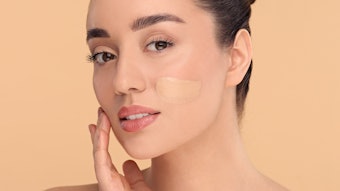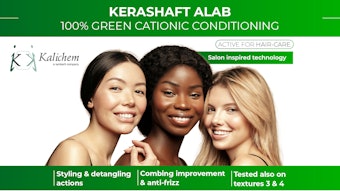Antiaging actives have joined sunscreen actives in sunscreen formulations, where they enable real benefits and broader claims. But their definitions are less precise and their regulatory status is more complex. Formulators and marketers who understand the two strategies of antiaging actives in sunscreen products will be able to make better products and supportable claims.
In cosmetics, as in so many other domains, a blurring of frontiers exists, a mixing of categories, a gradual disappearance of clear distinctions and definitions. What are sunscreens? What are antiaging actives?
The term sunscreen usually designates the fi nished cosmetic consumer product that bears a clear message of “protection against solar radiation.” This includes product classifi cations such as sun tan lotions, sun care products and sun blocks. The chemicals contained in these sunscreens are called UV fi lters or UV refl ectors. (See Why Add Antiaging Actives to Sunscreen Products?)
More and more often, today’s sun product contains additional specific skin or body care active ingredients accompanied by a corresponding claim. On the other hand, an increasing number of classical skin care products for face care, lip care, makeup or body care boast SPFs in the 5–15 range. These products have primary skin care claims (such as moisturizing, wrinkle diminishing and fi rming) and offer the sun protection as an additional benefit. So where is the borderline between the two?










